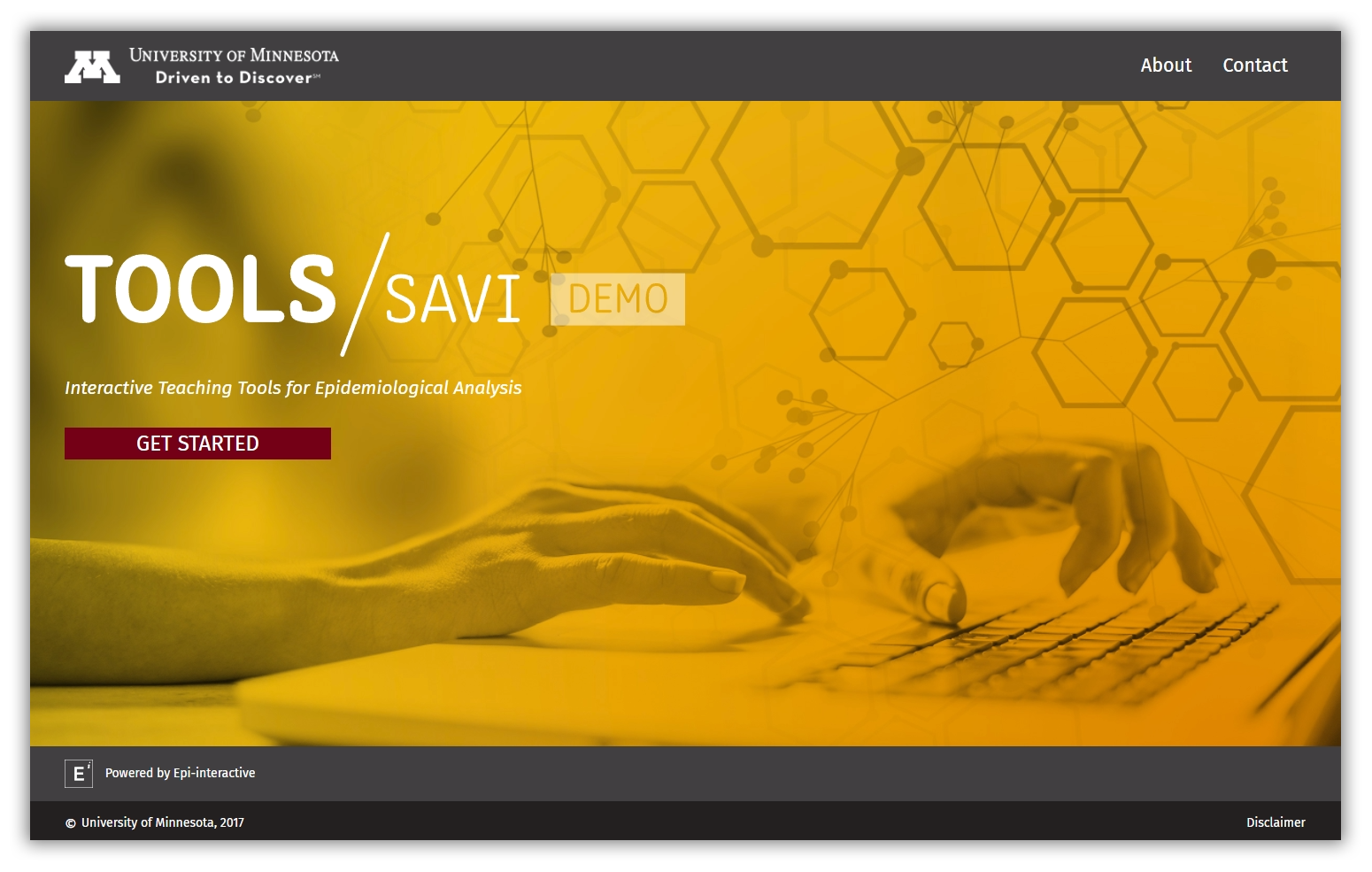CAHFS partners with Epi-interactive to build high-capacity, engaging data visualization software and database tools.
Epi-interactive’s platform-independent capabilities in outreach and stakeholder communication effectively translate the successful work of University researchers into information that inspires action. Epi-interactive works—locally and globally—with individuals, as well as both public and private organizations to help improve human, animal, and environmental health. They do this through consultancy, capacity-building initiatives, and applied research. What sets Epi-interactive apart from other similar consultancies is their ability to not only perform technical and research work in Epidemiology and Veterinary Public Health to its highest level, but also to communicate this work through:
- building, improving, and supporting information technology systems, including databases, web and mobile applications, and business intelligence solutions
- offering workshops, either online or through blended learning, that deliver specialized training to veterinarians in Europe, North America, Oceania, and Africa.
- bringing information to life and making it accessible through sharp reports, infographics, interactive data visualisation, or media tools.
TOOLS/savi
In collaboration with the University of Minnesota, Epi-interactive developed a training software platform designed to teach epidemiological methods interactively. TOOLS/savi currently consists of three modules:
Genetic analysis
Nucleotide sequence data can be used to infer important relationships between isolates. The genetic analysis module allows the user to explore the genetic distance between isolates and create customized phylogenetic trees based on different assumptions.
OptiSample
Optimum surveillance strategies may differ depending on the epidemiological conditions of the farm, including infection status, structure, management, or resources for conducting samplings. Optisample Beta was designed to optimize farm sampling strategies for early detection of pathogens or to substantiate freedom of infection.
Network analysis
Networks are often used to incorporate heterogeneity in contact patterns into mathematical models of pathogen spread. Given that transmission may occur by processes not captured by the observed data, the network analysis module can be used to determine whether an observed contact network is epidemiologically relevant. If the network connections represent potential transmission pathways, infected nodes should be more likely to connect to other infected nodes in the network.
Software used:
- R, RStudio Shiny
- D3.js graphics library
- Bootstrap, JavaScript, HTML
- Users have the option to use example data or to upload their own data. They can explore their own data within the tool and also export results (both in .csv and image format).
Further details are available at Epi-interactive.com.
To access the TOOLS/savi, click the image below and login with your username. To request username and password access, please contact us at [email protected].

